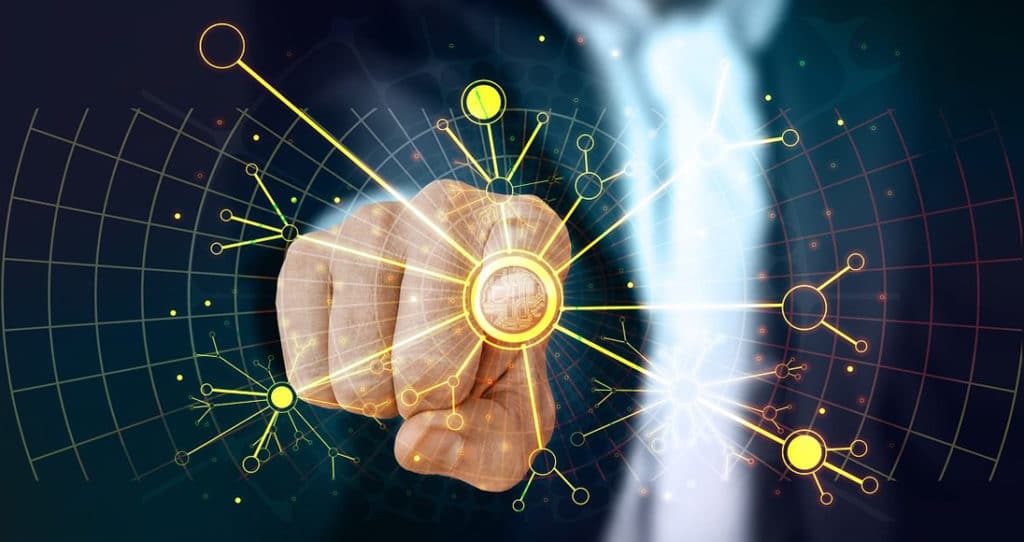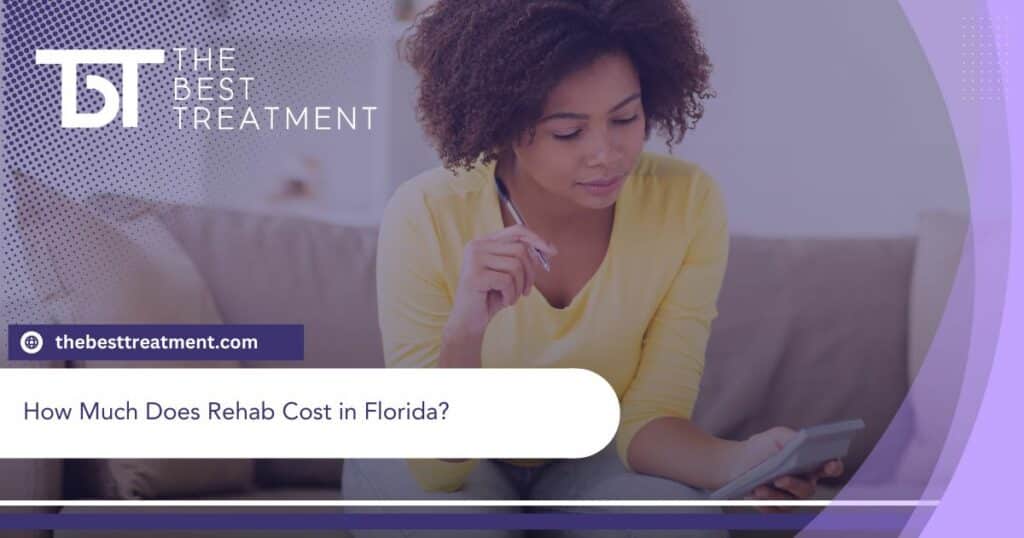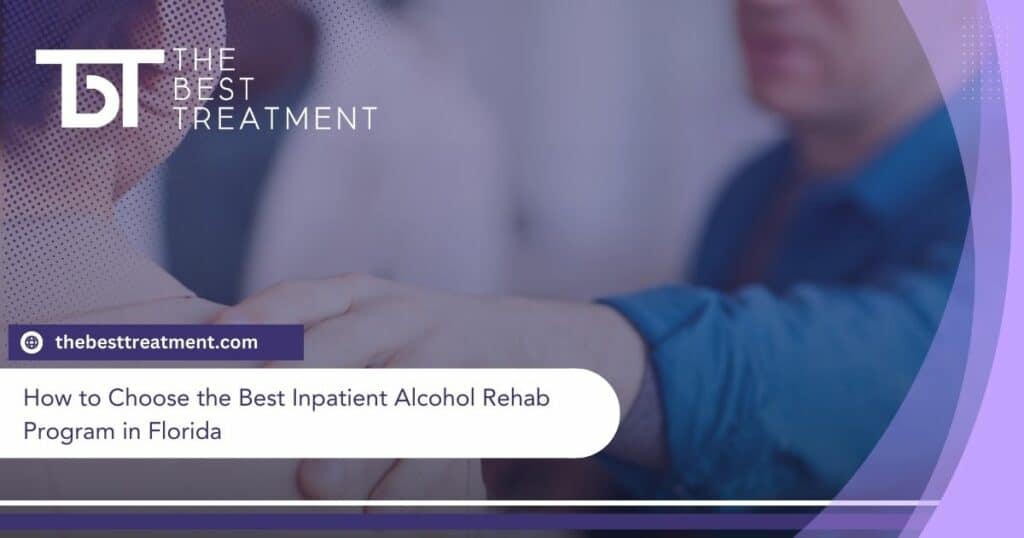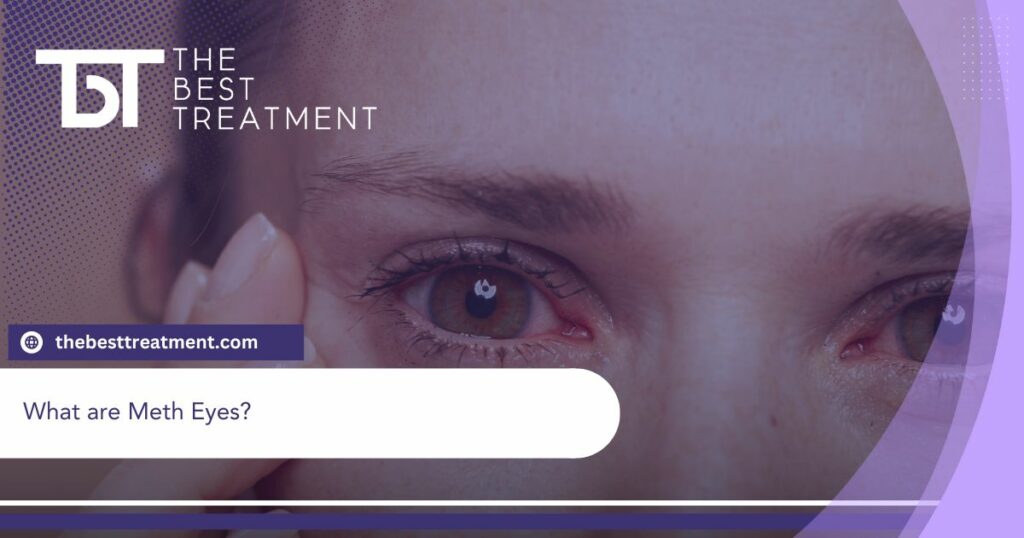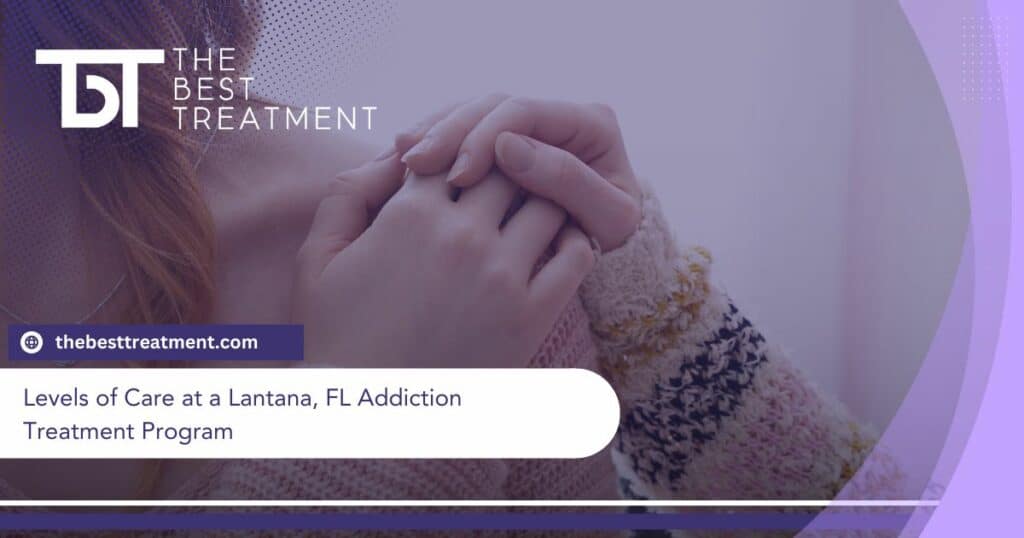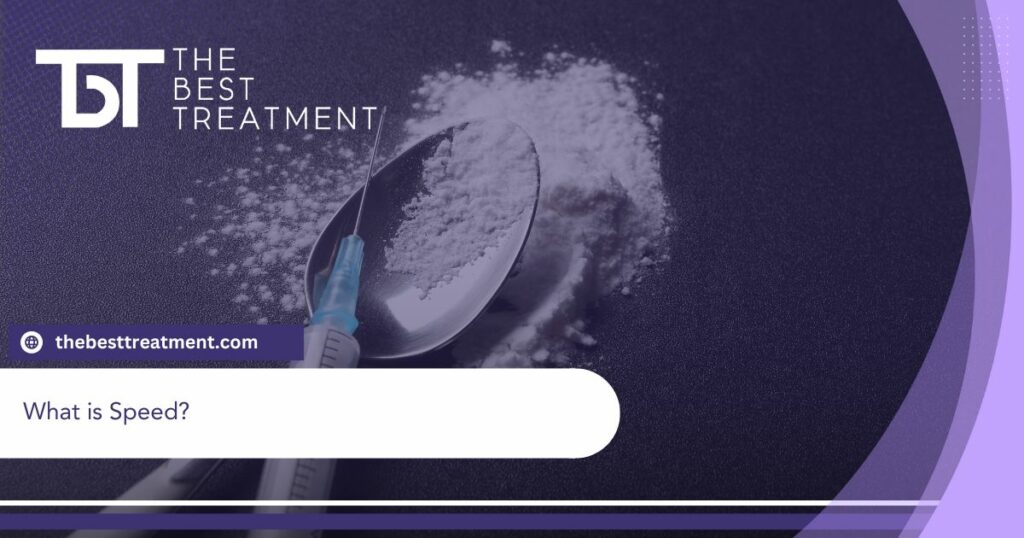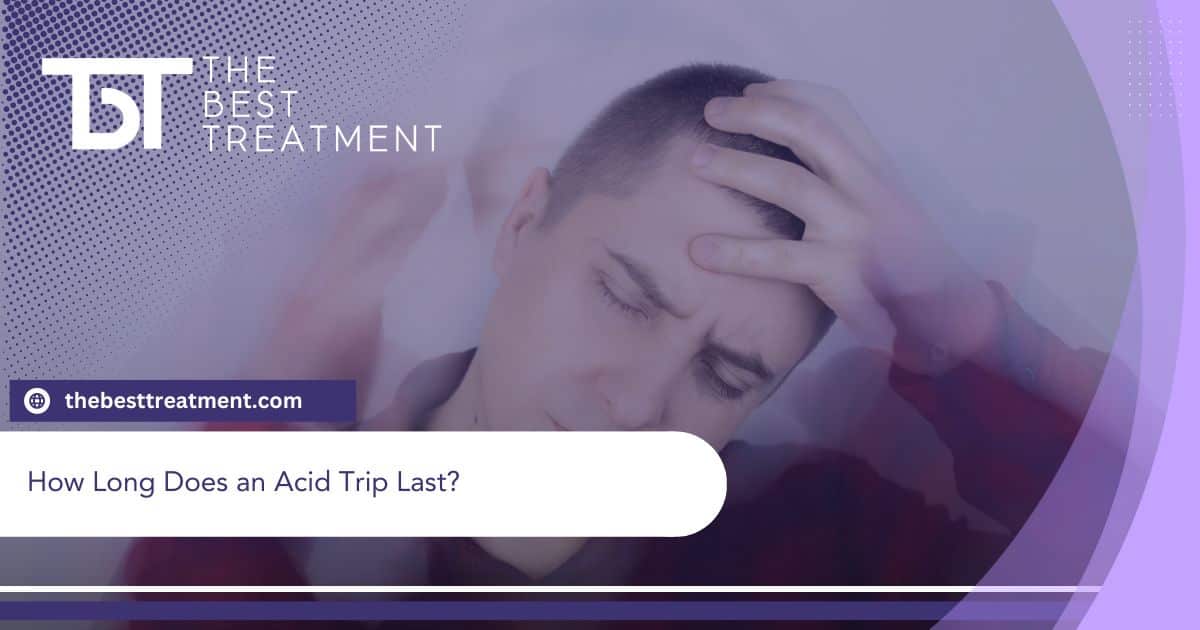Table of Contents
Hallucinogens are a class of drugs that cause people to experience auditory and visual hallucinations. According to the National Institute on Drug Abuse (NIDA), about 7.4 million people reported abusing hallucinogens in 2021.
Many different types of hallucinogenic drugs exist, including lysergic acid diethylamide (LSD). This substance is synthetically made, which means it does not grow naturally. People have been abusing LSD since the late 1940s.
While it was originally used as a psychiatric drug, today it is considered a Schedule I substance.
In other words, LSD has no medicinal uses and a high potential for abuse.
People also refer to LSD as acid. Those who consume it are looking to have a psychedelic experience, which they refer to as a “trip.” Acid trips can last anywhere from 6 to 15 hours.
What is LSD (Acid)?
Acid is a slang term for lysergic acid diethylamide (LSD). This substance is created in a lab and can produce potent psychedelic effects and changes in sensory perception.
LSD causes hallucinations because of the way it interacts with your serotonin receptors.
When small doses of acid are taken, people might experience mild changes in perception, thought, and mood. However, larger doses of LSD will lead to visual hallucinations and distortions in space and time.
The effects of acid can vary from person to person. While one individual might feel euphoric, and dreamy, and have positive hallucinations, another might have a bad trip. Bad trips often include side effects like paranoia, anxiety, and frightening visuals.
How Long Do Acid Trips Last?
When someone consumes acid, they usually place a paper blotter on their tongue that is coated in liquid LSD. However, some people drop liquid LSD straight into their mouths. Either way, it takes between 20 minutes to two hours for the effects to begin.
The length of an acid trip can vary greatly. For some, the effects of LSD will subside after 6 hours. While an acid trip can last up to 15 hours, usually the effects subside after 12 hours.
After the trip is over, you might experience what some refer to as an “afterglow”. Acid afterglows can last another 6 hours and include symptoms like happiness, anxiety, or feelings of lightness.
Those who take small amounts of acid will usually experience a shorter trip. LSD experiences can range greatly, with some people having extremely negative symptoms. As a result, you should use caution if you plan on abusing acid.
What Does an Acid Trip Feel Like?
Since LSD is psychoactive, it will affect how you perceive your environment, mood, thoughts, and emotions. It can be difficult to distinguish between fantasy and reality during an acid trip.
Effects on Your Brain
LSD heightens your senses, causing everything in your environment to feel amplified.
During an acid trip, you might experience:
- Colors seeming brighter
- Changes to shapes, like objects becoming larger or smaller
- Trails of light behind objects
- Visual distortions and unusual patterns
- Synesthesia (hearing colors and tasting sounds)
- Changes in mood
Your mood can impact the experience you have during an acid trip. For example, someone who takes LSD when they are in a bad mood will have a negative experience. If you are happy before you take acid, you might experience amplified positive emotions, like euphoria or uncontrollable laughter.
Effects on Your Body
LSD can also cause physical effects. For example, your body temperature might increase when the drug begins to kick in.
Other effects LSD can have on your body include:
- Increased blood pressure and heart rate
- Nausea
- Dry mouth
- Shakiness or tremors
- Insomnia
Acid can stay in your system for up to 24 hours. It can take a full day for the physical symptoms to subside.
What are the Risks of Abusing Acid?
The first risk of abusing acid is having a bad trip. You might experience something that feels like a nightmare and have scary visual distortions. Some people see their friend’s faces melt or experience panic and anxiety when they take LSD.
If you have any mental health conditions, taking LSD can amplify the symptoms. Additionally, those who are predisposed to psychosis could trigger an episode by consuming acid.
Another risk of abusing acid is developing hallucinogen-persisting perception disorder (HPPD). This condition can cause you to experience flashbacks of your acid trip when you are sober. HPPD can be very distressing, causing impairments in one’s daily life.
Finding Help for Acid Abuse and Addiction
If you or a loved one regularly abuses acid, you could be doing significant damage to your mental health. A drug rehab program like The Best Treatment Center can help you overcome acid addiction.
Contact us today to learn more about our addiction treatment center. Our admissions counselors can help you get your recovery journey started.
Medically Reviewed: September 25, 2019

All of the information on this page has been reviewed and verified by a certified addiction professional.



